Home>Home Appliances>Laundry Appliances>How Long Does Spin Take On A Washing Machine
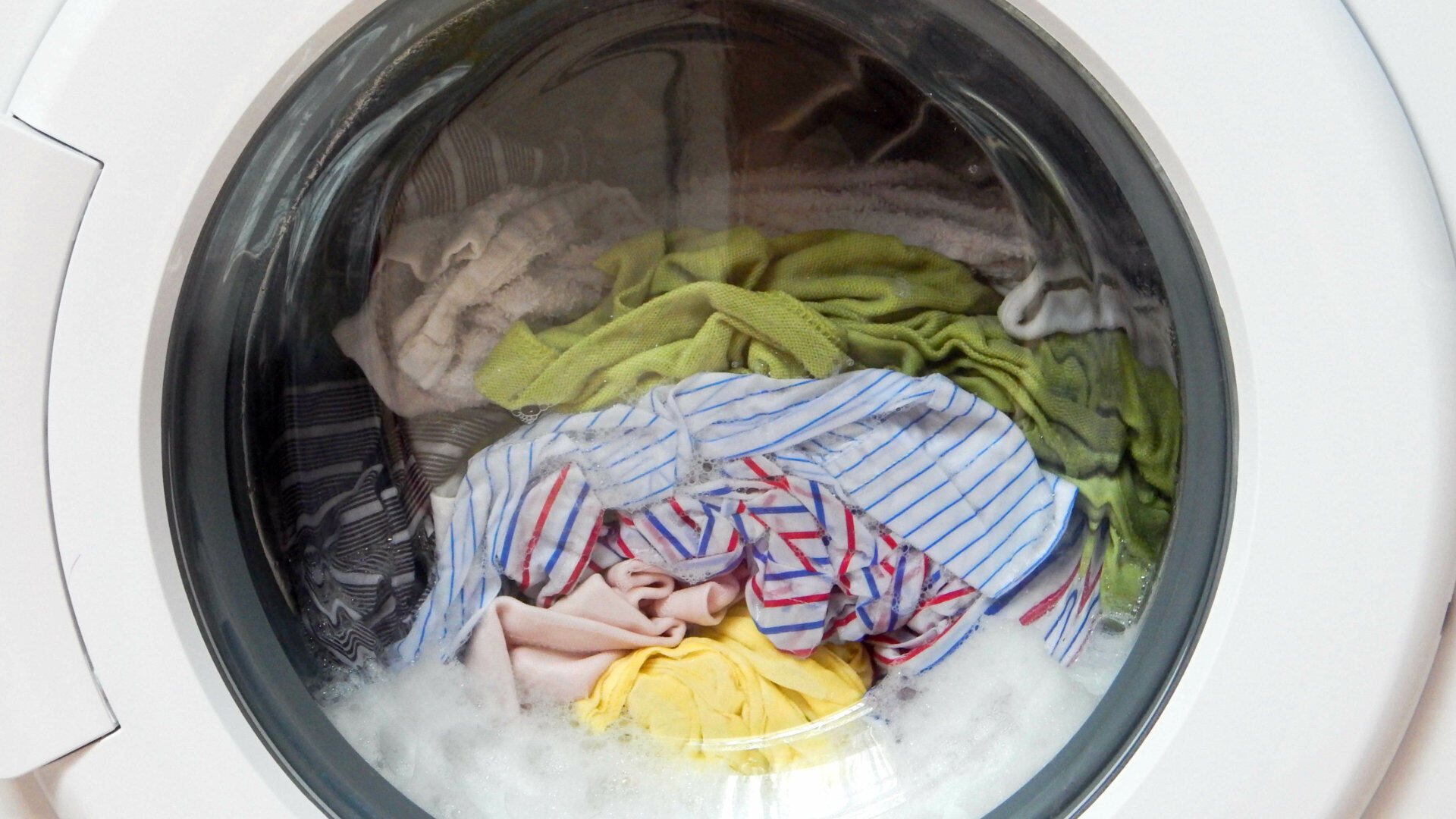

Laundry Appliances
How Long Does Spin Take On A Washing Machine
Modified: March 21, 2024
Discover how long spin cycles take on washing machines and optimize your laundry routine with our expert tips. Find out more about laundry appliances.
(Many of the links in this article redirect to a specific reviewed product. Your purchase of these products through affiliate links helps to generate commission for Storables.com, at no extra cost. Learn more)
Introduction
The spin cycle of a washing machine is a crucial stage in the laundry process, as it determines the efficiency of water extraction from your clothes. This phase involves the rapid spinning of the drum to remove excess water, thereby reducing the time required for drying. Understanding the duration of the spin cycle is essential for optimizing the overall laundry process and achieving the best results.
The duration of the spin cycle can vary significantly depending on several factors, such as the type and model of the washing machine, the selected wash program, the load size, and the fabric type. By delving into these factors, we can gain valuable insights into how to optimize the spin cycle duration for efficient and effective laundry care.
Key Takeaways:
- Spin cycle duration varies based on load size, fabric type, machine model, wash program, and spin speed. Understanding these factors helps optimize the spin cycle for efficient water extraction and laundry care.
- To shorten spin cycle time, evenly distribute the load, use high spin speeds, invest in high-efficiency machines, avoid overloading, and maintain the washing machine regularly. These tips enhance laundry efficiency without compromising wash quality.
Read more: How Long Does A Whirlpool Washer Take
Factors Affecting Spin Cycle Duration
The duration of the spin cycle on a washing machine is influenced by various factors, each playing a significant role in determining the overall efficiency of the laundry process. Understanding these factors is essential for optimizing the spin cycle duration and achieving the best results. Here are the key elements that can affect the duration of the spin cycle:
-
Load Size: The amount of laundry placed in the washing machine directly impacts the spin cycle duration. A larger load requires more time for the drum to achieve the necessary balance and extract excess water effectively. Conversely, a smaller load may result in a shorter spin cycle duration as the drum reaches the required balance more quickly.
-
Fabric Type: Different fabric types have varying water retention properties. For instance, heavier fabrics such as denim or towels retain more water compared to lighter fabrics like cotton or synthetics. As a result, the spin cycle duration may be longer for heavier fabrics to ensure thorough water extraction.
-
Washing Machine Type and Model: The design and specifications of the washing machine can significantly influence the spin cycle duration. High-efficiency machines with advanced spin technologies may require less time to achieve optimal water extraction, whereas older or less advanced models may have longer spin cycles.
-
Wash Program Selection: The chosen wash program directly impacts the spin cycle duration. Certain programs, such as delicate or hand wash cycles, may have shorter spin durations to prevent damage to sensitive fabrics, while heavy-duty or cotton cycles may have longer spin durations to ensure thorough water removal.
-
Spin Speed: The speed at which the drum rotates during the spin cycle plays a crucial role in determining the duration. Higher spin speeds can extract water more efficiently but may require a longer duration to achieve the desired results, while lower spin speeds may result in a shorter cycle but with less effective water extraction.
Understanding these factors provides valuable insights into optimizing the spin cycle duration for different laundry scenarios. By considering load size, fabric type, machine specifications, wash program selection, and spin speed, individuals can make informed decisions to ensure efficient water extraction and overall laundry care.
Tips for Shortening Spin Cycle Time
Optimizing the spin cycle time on a washing machine can significantly improve the efficiency of the laundry process, saving time and energy. Here are some practical tips for shortening the spin cycle duration without compromising the quality of the results:
1. Proper Load Distribution
Distributing the laundry evenly within the washing machine drum is essential for reducing spin cycle time. Unevenly distributed loads can lead to imbalance issues, prompting the machine to extend the spin cycle to achieve proper water extraction. By ensuring an even distribution of clothes, the drum can reach balance more quickly, resulting in a shorter spin cycle.
2. Use High Spin Speeds
Selecting higher spin speeds can expedite the water extraction process, thereby shortening the spin cycle duration. Modern washing machines offer various spin speed options, allowing users to adjust the settings based on the fabric type and load size. By opting for higher spin speeds when appropriate, users can effectively reduce the time required for the spin cycle without compromising the quality of the wash.
Read more: How Long Does A Washer Take To Wash
3. Opt for High-Efficiency Machines
Investing in high-efficiency washing machines equipped with advanced spin technologies can inherently reduce spin cycle time. These machines are designed to optimize water extraction efficiently, resulting in shorter spin durations while maintaining exceptional washing performance. Upgrading to a high-efficiency machine can be a long-term solution for streamlining the laundry process.
4. Avoid Overloading the Machine
Overloading the washing machine with excessive laundry can prolong the spin cycle duration as the drum struggles to achieve proper balance and water extraction. By adhering to the recommended load capacity for each wash cycle, users can prevent unnecessary prolongation of the spin cycle, ensuring efficient water removal within a reasonable timeframe.
5. Regular Maintenance and Cleaning
Keeping the washing machine well-maintained and clean is crucial for optimal performance, including the spin cycle. Regular maintenance, such as cleaning the lint filter, ensuring proper drainage, and inspecting the drum for any obstructions, can contribute to shorter spin cycle times by promoting smooth and efficient operation of the machine.
By implementing these practical tips, individuals can effectively shorten the spin cycle time on their washing machines, enhancing the overall efficiency of the laundry process while maintaining the quality of the wash. These strategies empower users to make informed decisions and optimize their washing routines for maximum convenience and effectiveness.
Importance of Spin Cycle in Washing Machines
The spin cycle in washing machines holds paramount importance in ensuring the overall effectiveness and efficiency of the laundry process. This phase, characterized by the rapid rotation of the drum, serves the critical function of extracting excess water from the clothes following the wash cycle. Understanding the significance of the spin cycle sheds light on its pivotal role in achieving optimal laundry outcomes.
Efficient Water Extraction: The primary purpose of the spin cycle is to facilitate the thorough removal of water from the laundry. By subjecting the clothes to rapid spinning, the washing machine effectively expels excess moisture, significantly reducing the time and energy required for subsequent drying processes. This not only expedites the overall laundry routine but also contributes to energy conservation and cost savings.
Enhanced Fabric Care: The spin cycle plays a vital role in preserving the integrity of various fabric types. By effectively extracting water without causing damage, the washing machine ensures that delicate and sensitive fabrics are treated with the utmost care. This is particularly crucial for preventing stretching, distortion, or shrinkage of garments, thereby prolonging their lifespan and maintaining their original quality.
Time Efficiency: A well-optimized spin cycle directly translates to time efficiency in the laundry routine. By expelling excess water effectively, the washing machine minimizes the duration required for subsequent drying processes, whether through air drying or machine drying. This time-saving aspect is particularly valuable in modern lifestyles, where individuals seek streamlined and efficient household tasks.
Energy Conservation: The efficient extraction of water during the spin cycle contributes to energy conservation. By reducing the moisture content in the clothes, the washing machine minimizes the energy consumption associated with drying, whether through traditional tumble dryers or modern energy-efficient appliances. This aligns with sustainable practices and cost-effective approaches to laundry care.
Overall Washing Performance: The effectiveness of the spin cycle significantly impacts the overall washing performance. Thorough water extraction ensures that the clothes emerge from the washing machine in an optimal state, with minimal residual moisture. This, in turn, contributes to the cleanliness, freshness, and comfort of the laundry, reflecting the high standards of washing machine performance.
In essence, the spin cycle in washing machines is not merely a procedural step but a fundamental component that underpins the efficiency, fabric care, time savings, energy conservation, and overall washing performance. Recognizing its pivotal role empowers individuals to appreciate the significance of this phase and make informed decisions to optimize their laundry routines for exceptional results.
Frequently Asked Questions about How Long Does Spin Take On A Washing Machine
Was this page helpful?
At Storables.com, we guarantee accurate and reliable information. Our content, validated by Expert Board Contributors, is crafted following stringent Editorial Policies. We're committed to providing you with well-researched, expert-backed insights for all your informational needs.

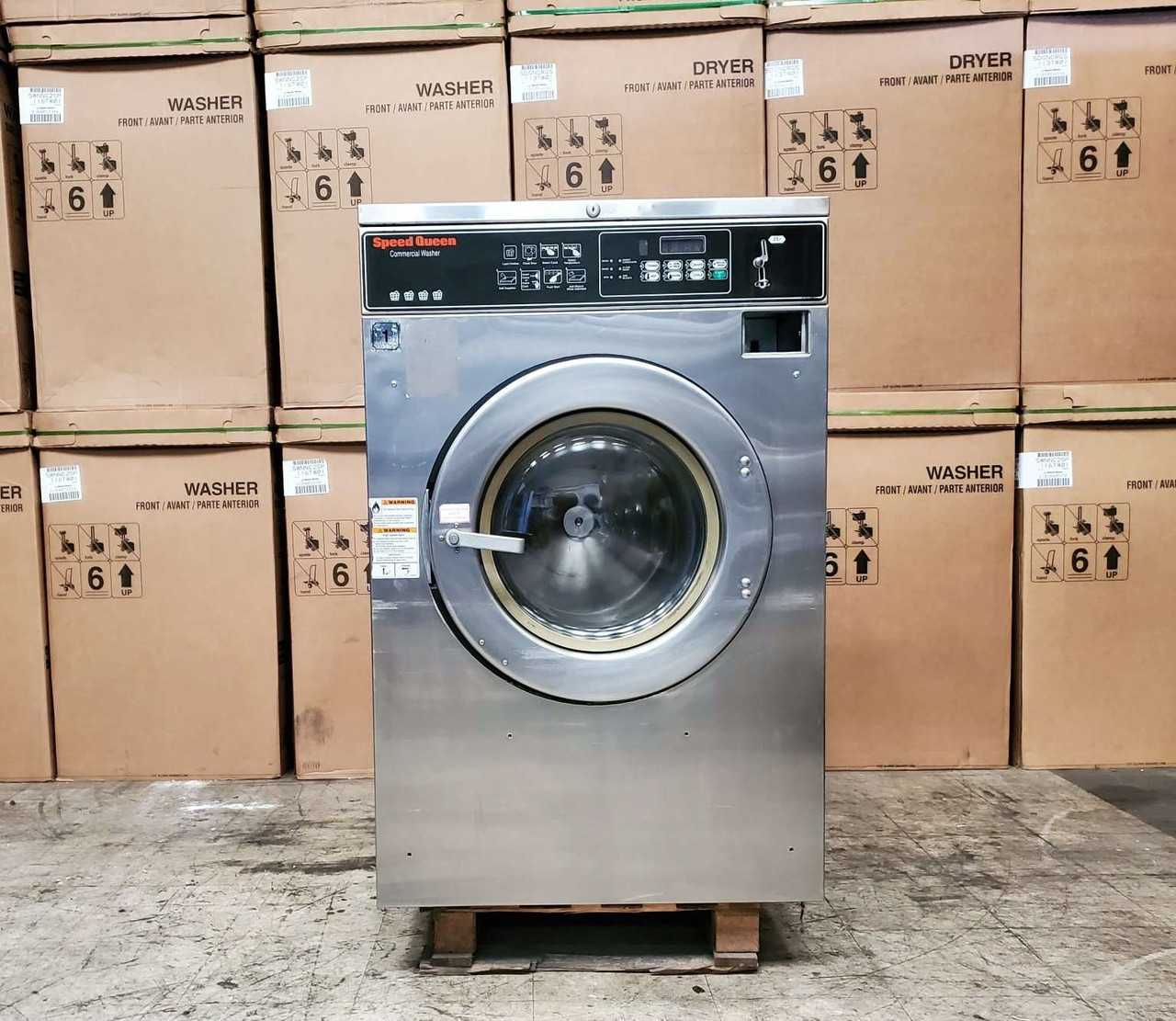


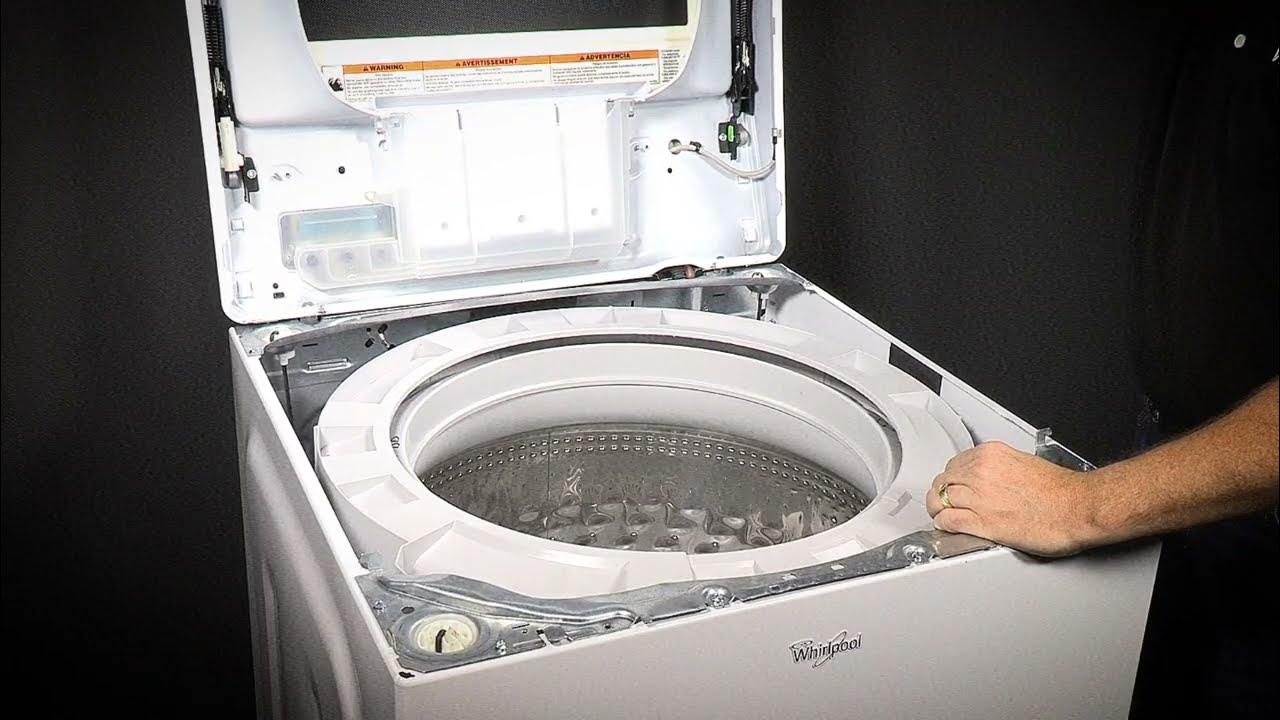

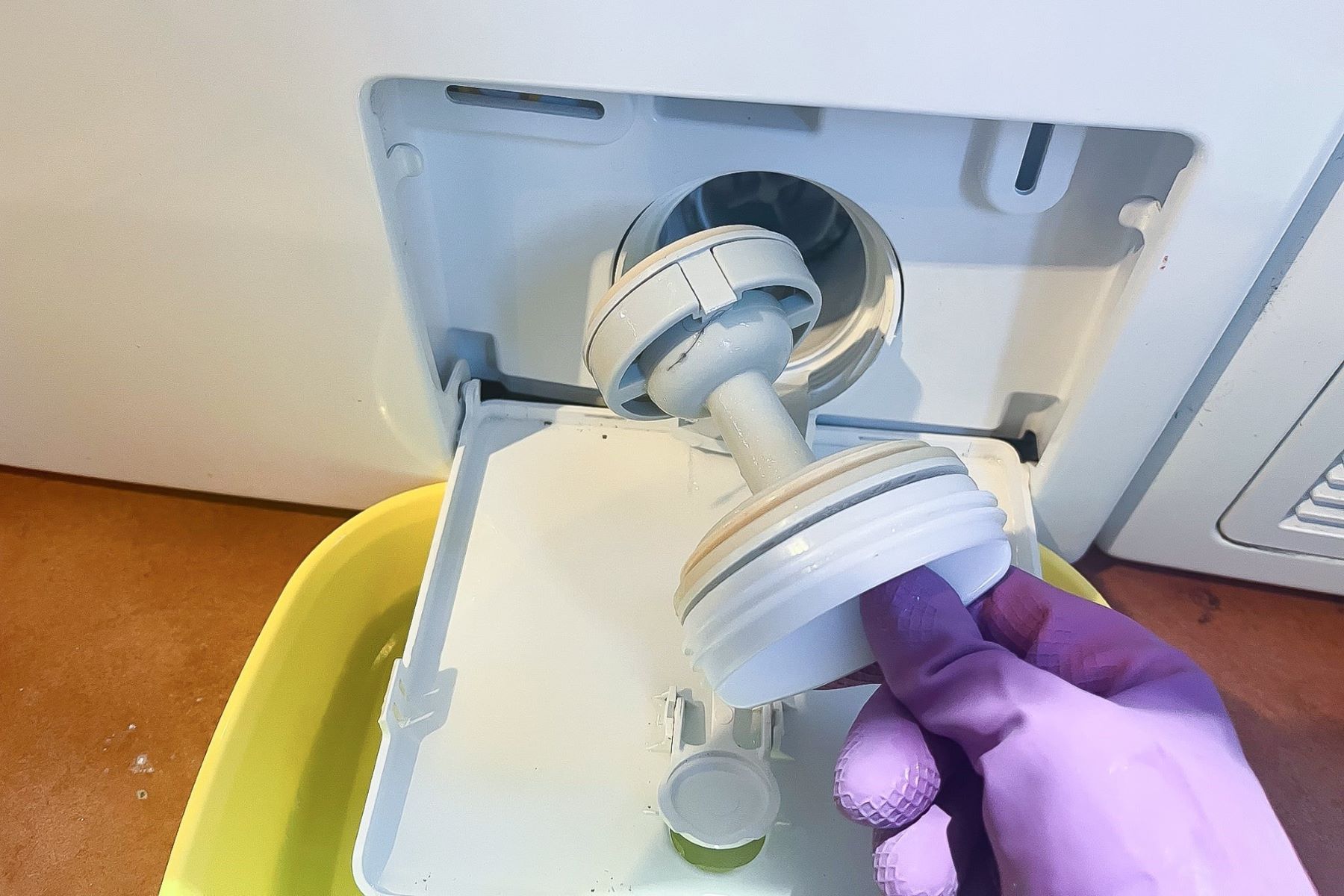
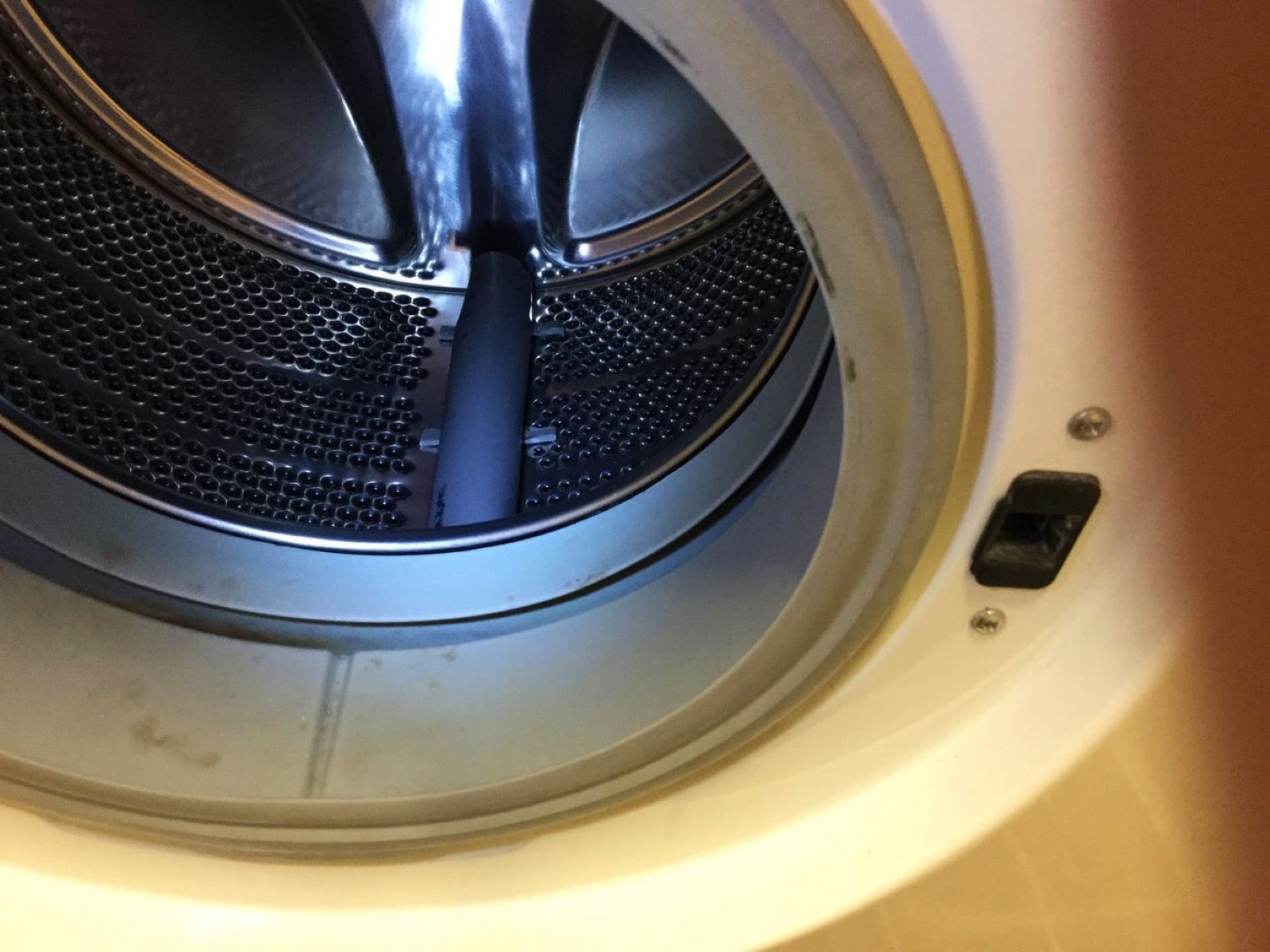







0 thoughts on “How Long Does Spin Take On A Washing Machine”